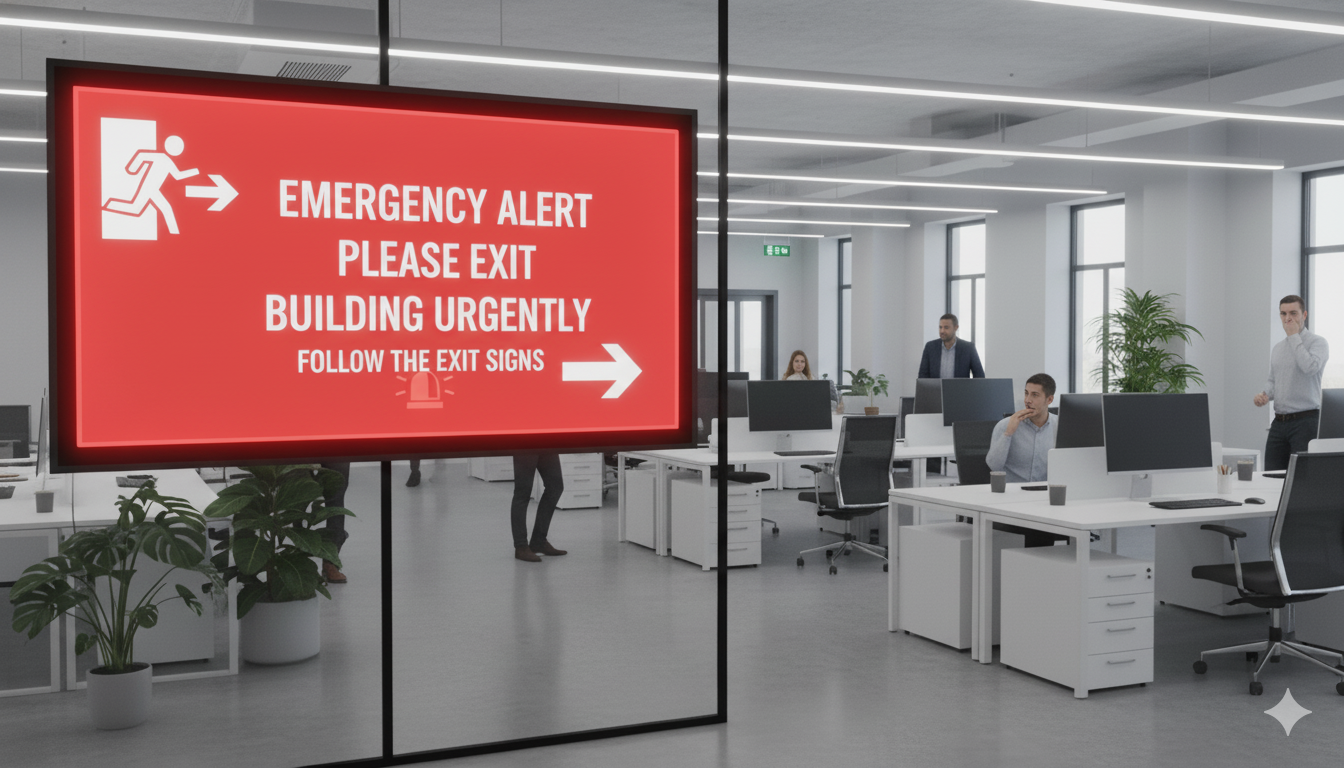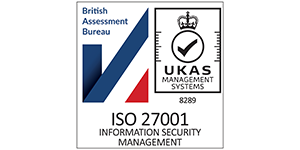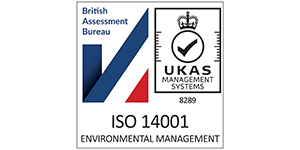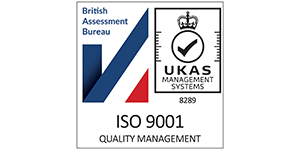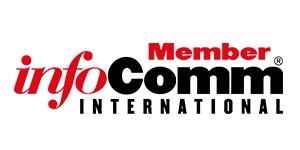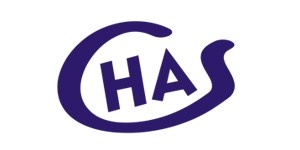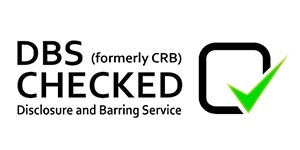This article is part of our comprehensive guide to Martyn's Law. For an overview of the legislation, who it applies to, tier requirements, implementation timelines, and how AV technology can support compliance, see our complete guide to Martyn's Law.
The retail and hospitality industries, from high‑street shops and shopping centres to pubs, restaurants and hotels, are at the heart of community life. Under the Terrorism (Protection of Premises) Act 2025 (Martyn's Law), these venues must assess their exposure to terrorism risks and implement proportionate measures to protect guests and staff.
Which venues are in scope?
Martyn's Law applies to premises that are wholly or mainly used for specified purposes (gtlaw.com). In the retail and hospitality sector, this includes:
**Shops and retail outlets** – from independent boutiques to department stores and shopping centres (gtlaw.com).
**Bars, pubs and restaurants** (gtlaw.com).
**Hotels and other accommodation** – including those with conference or event space (gtlaw.com).
**Visitor attractions and event venues** that host public events or private functions (gtlaw.com).
Venues expecting 200–799 people fall into the standard tier, while those expecting 800+ people may be classed as enhanced‑tier premises (gtlaw.com).
For a detailed breakdown of who falls under Martyn's Law scope, see our guide: Who Does Martyn's Law Apply To?.
Responsibilities of venue operators
1. Identify the responsible person
The person or organisation with control of the premises (such as the venue operator, franchisee, or landlord) is responsible for complying with Martyn's Law (homeofficemedia.blog.gov.uk). In shopping centres or food courts, both individual tenants and centre management may have duties, so collaboration is crucial (gtlaw.com).
2. Carry out risk assessments
Hospitality venues often have multiple entry points, back‑of‑house areas and high staff turnover. Conduct detailed risk assessments for each site, covering:
**Public areas** – such as dining rooms, lobbies, bar areas, retail floors and car parks.
**Back‑of‑house operations** – including kitchens, stock rooms and loading bays.
**Peak periods** – when footfall spikes during holidays, sales or special events.
Assess the likelihood and impact of different threats and identify sensible mitigation measures (e.g., monitoring entry points, controlling deliveries, securing stock areas).
3. Develop proportionate emergency procedures
Standard‑tier venues must establish public‑protection procedures that staff can follow in the event of a terrorist attack. These should include:
**Evacuation and invacuation plans** – routes to get customers and staff out of danger or into secure areas.
**Lockdown protocols** – how to secure doors and communicate with guests during a threat.
**Communication strategies** – methods to alert all patrons quickly (e.g., PA announcements, digital signage, mobile alerts).
For enhanced‑tier venues, procedures must be documented and provided to the regulator (gtlaw.com).
For a detailed comparison of standard and enhanced tier requirements, see our guide: Standard vs. Enhanced Tier: What's the Difference?.
4. Train and brief staff
Retail and hospitality businesses often have part‑time or seasonal workers. Provide regular training on recognising suspicious behaviour, initiating emergency procedures and reassuring customers. Ensure new hires receive induction training and that managers understand their roles in an incident.
5. Use technology to enhance safety
**Digital signage and PA systems:** Use screens and speakers to broadcast clear instructions during an emergency. Wayfinding screens can direct customers to exits or safe zones.
**Access control and visitor management:** For hotels and large venues, integrate door locks, guest‑room systems and visitor management to restrict access to secure areas.
**Surveillance and analytics:** CCTV and occupancy sensors help monitor crowd density and identify unusual patterns. Integrating these with alerting systems enables faster response.
**Mobile and desktop alerts:** Use apps or SMS notifications to reach staff working in back‑of‑house areas or away from the main trading floor.
For more information on how AV technology can support Martyn's Law compliance, see our complete guide to Martyn's Law.
6. Coordinate with landlords and neighbouring businesses
In shopping centres and mixed‑use developments, procedures must align across multiple tenants. Landlords should provide overarching emergency plans and share guidelines with each retailer or restaurant. Tenants should integrate these plans into their own procedures and participate in joint drills.
7. Liaise with authorities and industry bodies
Work with local police, Business Improvement Districts (BIDs) and industry associations to stay informed. Regularly review updates from ProtectUK and the Home Office. Engage in regional counter‑terrorism briefings and make sure staff know how to report suspicious activity.
8. Plan for the implementation period
Martyn's Law received Royal Assent on April 3 2025, and there will be an implementation period of at least 24 months before enforcement (homeofficemedia.blog.gov.uk). Use this time to review your venues, develop procedures and invest in training and technology. While compliance isn't yet mandatory, preparing early will minimise disruption when the Law comes into force.
For a detailed implementation timeline and compliance checklist, see our guide: Martyn's Law Implementation Timeline & Compliance Checklist.
Summary
Retailers, restaurateurs and hoteliers have a duty to provide safe, welcoming environments. Martyn's Law doesn't require heavy‑handed security measures for every shop or café; instead, it calls for planning, training and communication. By conducting risk assessments, creating proportionate emergency procedures, training staff, and leveraging technologies such as digital signage and visitor management systems, venues can meet the Law's requirements and protect customers and employees.
For more comprehensive information about Martyn's Law, including who it applies to, tier requirements, special considerations for education settings, and how AV technology can support compliance, see our complete guide to Martyn's Law.
Strive AV's Martyn's Law Compliance service works with retailers, hospitality groups and leisure providers to design integrated AV systems that support safety and compliance, from public‑address announcements and digital signage to occupancy analytics and control platforms. Contact us to discuss how we can help your venues prepare for Martyn's Law.





